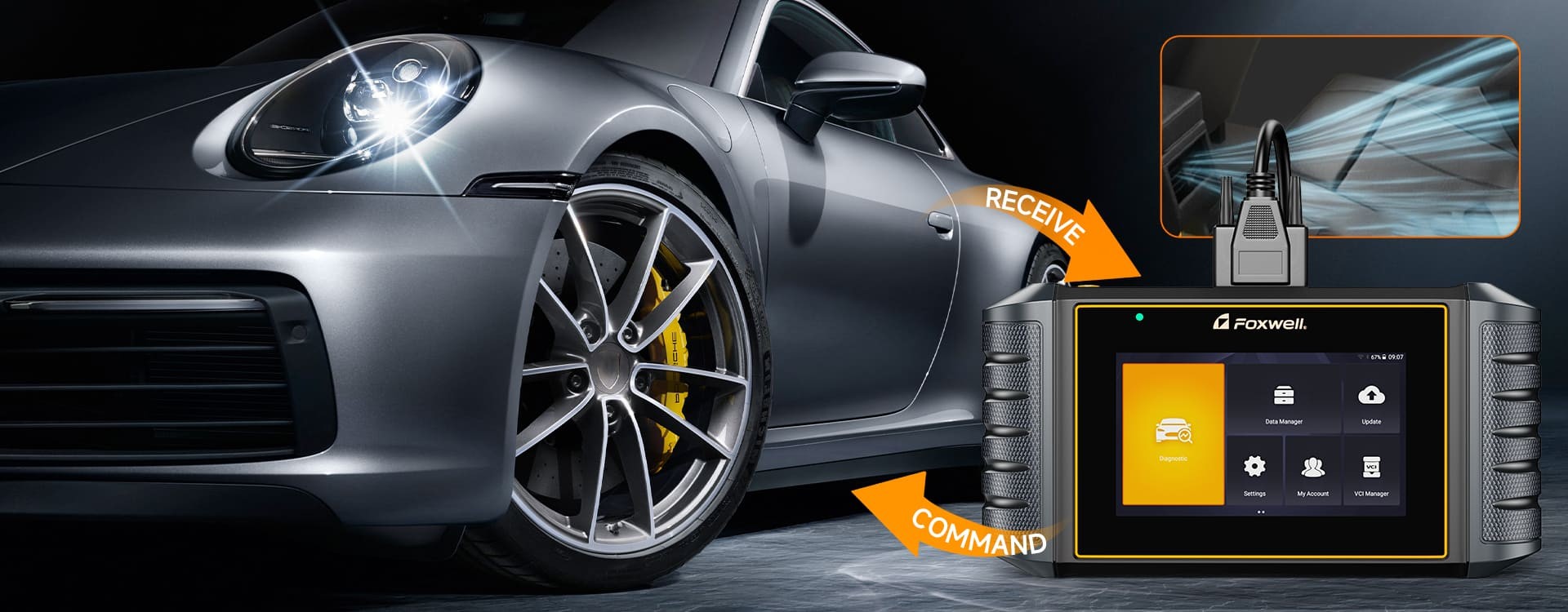Reading and clearing airbag codes requires a specialized OBD2 scanner capable of communicating with the Supplemental Restraint System (SRS). A standard OBD2 scanner primarily focuses on engine diagnostics and won’t provide access to the airbag system. This article guides you through the process of using an Airbag Obd2 scanner, understanding airbag warning lights, and resolving common issues.
What is an Airbag OBD2 Scanner?
An airbag OBD2 scanner, also known as an SRS scanner, is a diagnostic tool designed to communicate with a vehicle’s airbag system. Unlike basic OBD2 scanners, these specialized tools can read and clear fault codes related to the SRS, allowing you to diagnose and address airbag issues. Key features to look for in an airbag OBD2 scanner include:
- SRS System Compatibility: Ensure the scanner specifically supports your vehicle’s make and model.
- Enhanced Diagnostic Functions: Look for features like live data streaming and the ability to read manufacturer-specific codes.
- Comprehensive Vehicle Coverage: A wider range of supported vehicles offers greater flexibility.
Why is My Airbag Light On?
An illuminated airbag warning light signals a potential problem within the SRS. This light will not turn off on its own, even if the underlying issue is resolved. Common reasons for an airbag light to illuminate include:
- Faulty Airbag Sensors: Damaged or malfunctioning sensors can trigger the warning light.
- Wiring Problems: Damaged or corroded wiring within the airbag system can disrupt communication.
- Airbag Module Issues: Problems with the airbag module itself can cause the light to come on.
- Seat Belt Issues: Sometimes, issues with seat belt pretensioners or buckles can trigger the airbag light.
- Clockspring Issues: This component allows for electrical connection to the steering wheel airbag and other components. Damage to it can trigger the light.
How to Use an Airbag OBD2 Scanner
Using an airbag OBD2 scanner involves these steps:
-
Locate the OBD2 Port: This port is typically located under the dashboard on the driver’s side.
-
Connect the Scanner: Plug the scanner into the OBD2 port.
-
Turn the Ignition On: Turn the key to the “On” position without starting the engine.
-
Select SRS/Airbag System: Navigate the scanner’s menu to select the SRS or Airbag system.
-
Read Fault Codes: Initiate a scan to retrieve the stored fault codes.
-
Interpret the Codes: Use the scanner’s built-in code library or an online resource to understand the meaning of the codes.
How to Clear Airbag Codes
After diagnosing and repairing the issue causing the airbag light, you can use the airbag OBD2 scanner to clear the codes:
-
Fix the Problem: Address the underlying issue identified by the fault codes.
-
Clear the Codes: Use the scanner’s “Clear Codes” or “Erase Errors” function to remove the stored codes.
-
Verify the Fix: Turn the ignition off and then back on. The airbag light should now be off. If it remains on, double-check your repairs or consult a professional mechanic.
Common Airbag Fault Codes
While specific codes vary by manufacturer, here are some examples:
- B0011: Driver’s frontal stage 1 deployment control
- B0012: Driver’s frontal stage 2 deployment control
- B0021: Passenger’s frontal stage 1 deployment control
- B0022: Passenger’s frontal stage 2 deployment control
- B0051: Driver side curtain airbag deployment control
When to Seek Professional Help
If you are uncomfortable working on your vehicle’s airbag system or if you are unable to diagnose and repair the issue, it’s essential to seek professional assistance. Airbags are critical safety components, and improper handling can lead to accidental deployment or malfunction.
Conclusion
An airbag OBD2 scanner is a valuable tool for diagnosing and resolving airbag system issues. By understanding how to use the scanner and interpret the codes, you can maintain your vehicle’s safety and ensure the proper functioning of its airbags. Always prioritize safety when working with airbags and consult a professional if needed.
